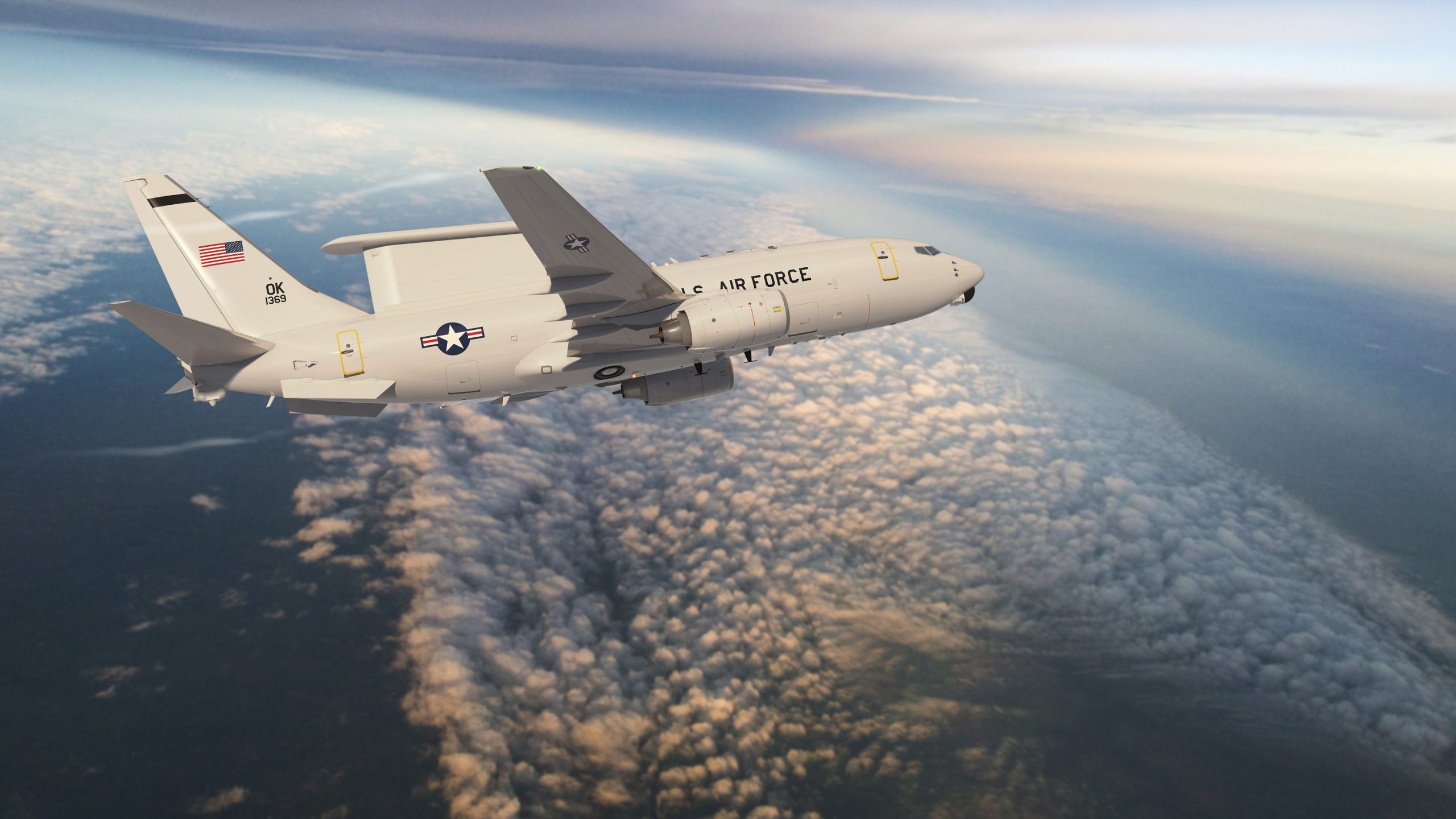The Royal Air Force (RAF) is set to receive its first two E-7A Wedgetail battle management and command and control aircraft, following a £2.06 billion deal with Boeing. The agreement, announced on 9 August, secures "operationally representative prototype E-7A weapons systems" for the RAF, with delivery expected in financial year 2028.
"This agreement marks a significant step forward for our aircrews, enabling the RAF to maintain its ability to provide advanced airborne moving target indication for years to come," stated the UK's Minister for Defence Procurement, Jeremy Quin, in a press release.
The acquisition of the E-7A follows months of negotiations between Boeing and the Ministry of Defence over the final price. These discussions delayed the initial fielding of the aircraft, as acknowledged by Defence Secretary Ben Wallace earlier this year. The RAF and Boeing had already signed a contract for an undisclosed sum to procure and adapt the aircraft, originally designed for the Royal Australian Air Force, to meet UK requirements.
The E-7A will become the RAF's next-generation airborne early warning and control aircraft, providing "moving target indication capabilities". The E-7A aligns with the RAF's vision for a networked force, contributing to the UK's commitment to the NATO Combined All Domain Command and Control (CJADC2) initiative. It will replace the aging E-3 Sentry AWACS, which is due to be retired by the end of the decade after almost 50 years of service.
"The E-7A's advanced multi-role electronically scanned array radar will enhance airborne battle management, delivering improved situational awareness and enabling long-range engagement with potential adversaries," the RAF explained in the press release.
The introduction of the E-7A will see the RAF retire its E-3 fleet, which suffers from increasingly outdated radar technology and maintenance challenges due to its 1950s-era airframe. The E-7A, conversely, is based on the Boeing 737-700 NG commercial airframe, featuring a distinctive radar built by Northrop Grumman.
The E-7A is already in service with the Republic of Korea Air Force, Turkish Air Force, and the RAAF. The RAF's acquisition of the aircraft underlines the UK's commitment to interoperability with its allies.
"This demonstrates our ability to leverage and support the expertise and investments of our partners to achieve shared security objectives," said Quin.
RAF crews have been training on Australian E-7As since 2022 through an exchange program with the Royal Australian Air Force. These crews recently participated in the Pitch Black exercise, gaining valuable experience with the platform.
"Our goal is to gain familiarity with the E-7A Wedgetail from the Australians who have been operating it for many years," stated RAF Wing Commander Oliver Ngayan, 2 Squadron E-7A Wedgetail air battle manager, in a July 29 news release. "We are integrated into their unit to learn their operational procedures and bring that knowledge back to develop our own."
Boeing has stated that the contract includes "lifecycle development, training, and support for the RAF's E-7A fleet." The RAF currently plans to operate a fleet of 26 E-7As. The service has indicated that the prototype aircraft will inform a planned production decision in fiscal year 2026.
In the longer term, the UK Ministry of Defence anticipates that space-based capabilities will increasingly replace traditional airborne early warning and control aircraft like the E-3 and E-7.
<figure class="wp-block-image size-large"><img decoding="async" width="1024" height="681" src="https://www.airandspaceforces.com/app/uploads/2024/07/8474152-1024x681.jpg" alt="" class="wp-image-228694" srcset="https://www.airandspaceforces.com/app/uploads/2024/07/8474152-1024x681.jpg 1024w, https://www.airandspaceforces.com/app/uploads/2024/07/8474152-300x200.jpg 300w, https://www.airandspaceforces.com/app/uploads/2024/07/8474152-768x511.jpg 768w, https://www.airandspaceforces.com/app/uploads/2024/07/8474152-1536x1022.jpg 1536w, https://www.airandspaceforces.com/app/uploads/2024/07/8474152-2048x1363.jpg 2048w, https://www.airandspaceforces.com/app/uploads/2024/07/8474152-900x600.jpg 900w, https://www.airandspaceforces.com/app/uploads/2024/07/8474152-550x366.jpg 550w, https://www.airandspaceforces.com/app/uploads/2024/07/8474152-676x450.jpg 676w, https://www.airandspaceforces.com/app/uploads/2024/07/8474152-250x166.jpg 250w, https://www.airandspaceforces.com/app/uploads/2024/07/8474152-1000x665.jpg 1000w" sizes="(max-width: 1024px) 100vw, 1024px"/><figcaption class="wp-element-caption">A Royal Australian Air Force E-7A Wedgetail aircraft assigned to the No. 2 Squadron based in Williamtown, Australia, sits next to a U.S. Air Force E-3 Sentry assigned to the 552nd Air Control Wing, Tinker Air Force Base, Okla., prior to a Weapons School Integration mission at Nellis AFB, Nev., June 7, 2024. U.S. Air Force photo by Airman 1st Class Brianna Vetro</figcaption></figure>
Article
Business

RAF to Receive First E-7A Wedgetail Aircraft in £2 Billion Deal

